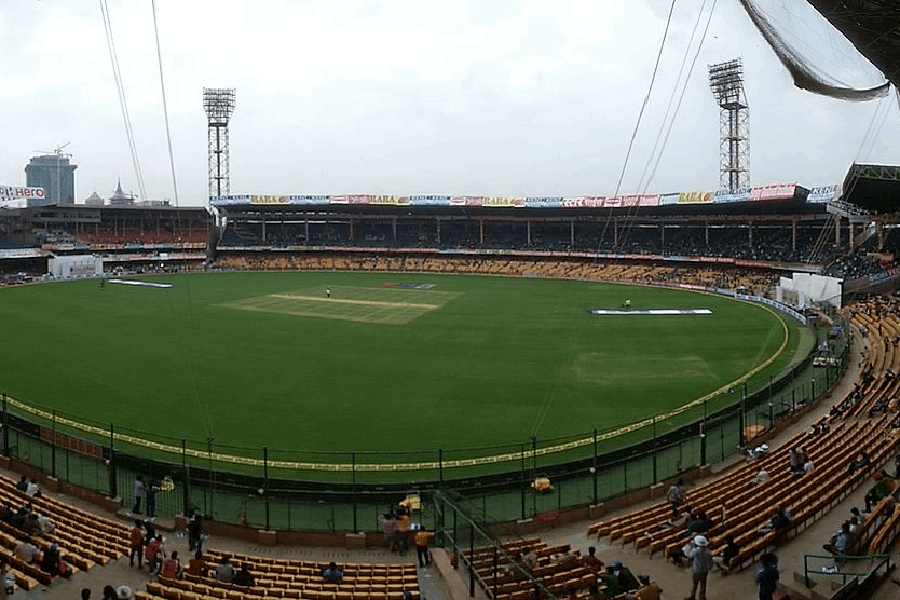 |
| The Raja Vishal ka Garh site at Vaishali district. Picture by Deepak KumarSanjeev Kumar Verma |
Patna, Oct. 15: The Archaeological Survey of India (ASI) would undertake fresh excavation work at Raja Vishal ka Garh, a site of historical importance located 65km north of Patna in Vaishali district.
The ASI Bihar circle has sought permission from the ASI director-general and the approval letter is likely to come in a week.
“We are expecting to start fresh excavation by December this year,” ASI Patna circle superintending archaeologist S.K. Manjul told The Telegraph. Prior to the proposed excavation, a small part of the mound, measuring 480x230sqm, was excavated in the 1950s and 1960s. Findings from these excavations have revealed signs of human settlement at this site from 6th century BC up to the Mughal period.
Major findings during this excavation included things like beads, terracotta, impression of seals, beads made of semi-precious stones, pottery bearing inscriptions in Brahmi language.
The excavations also led to the finding of a unique sculpture of a crowned monkey, which has now been kept in the Vaishali museum.
The site draws its name from the oral tradition according to which king Vishal of Ikshvaku dynasty used to rule this place. One finds the name of this dynasty even in the ancient Indian literature. Evidence of fortification with moats, found at this site, have further given credence to the theory that this place was owned by a king sometime in the past.
Giving reason for proposing fresh excavation work, Manjul said: “It would help in verifying the cultural sequence of the region. Moreover, as we intend to undertake the excavation work in a larger area compared to what was excavated in the past, this would help us in giving a better picture of the settlement here in the past.”
Apart from the pattern of settlement, the site assumes special significance as several Mauryan pillars, relic stupas, mud stupas, ponds have been found in the vicinity and fresh excavation would help in understanding whether these things bear any link to Raja Vishal ka Garh (Raja Vishal’s fort).
“The ASI would specially look into this aspect as it is very important to find whether these things have any relation to Raja Vishal ka Garh site,” Manjul said, adding that getting a complete idea of the entire area is important for understanding the history of the place, which is dotted with sites of archaeological importance.










